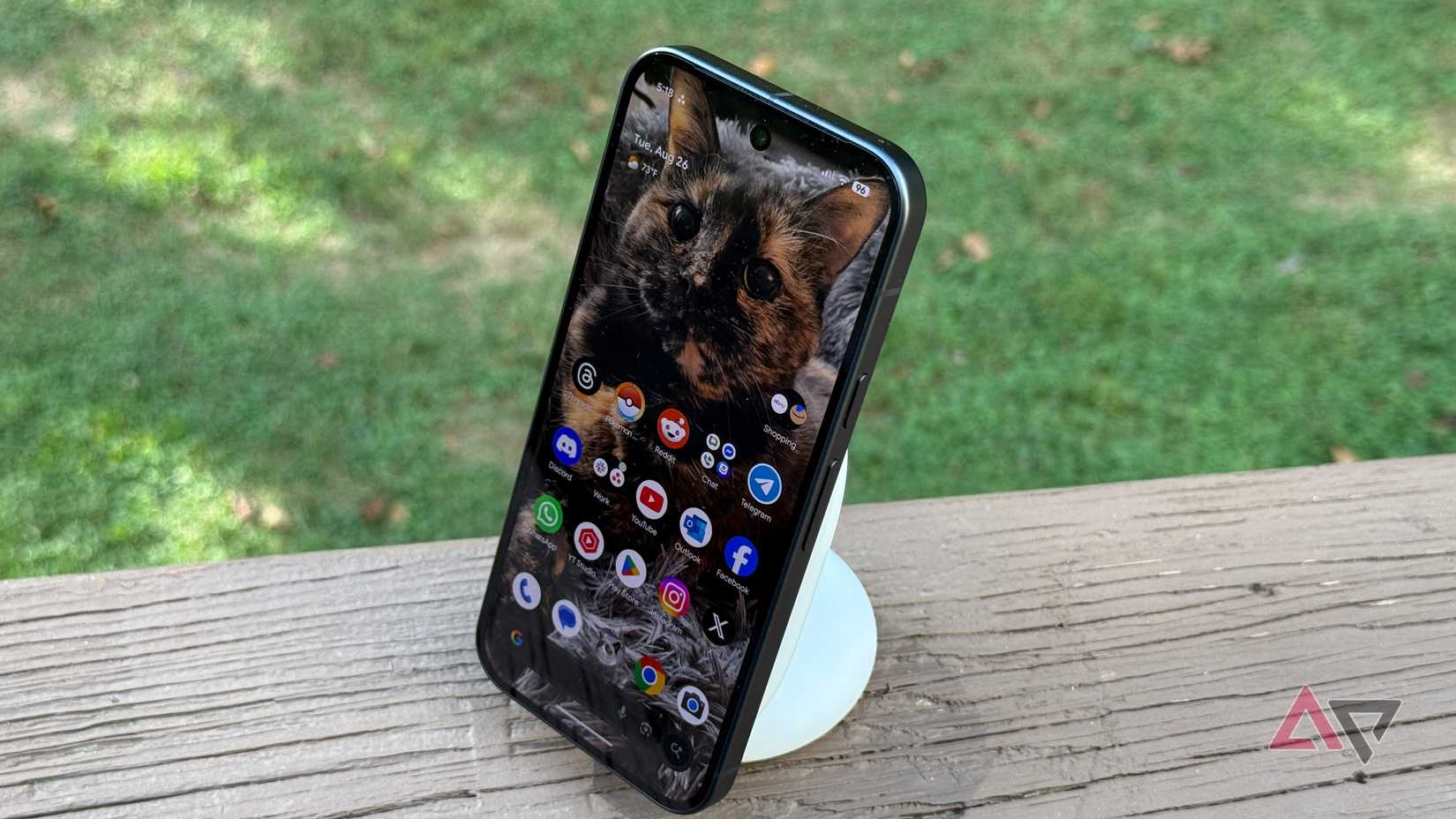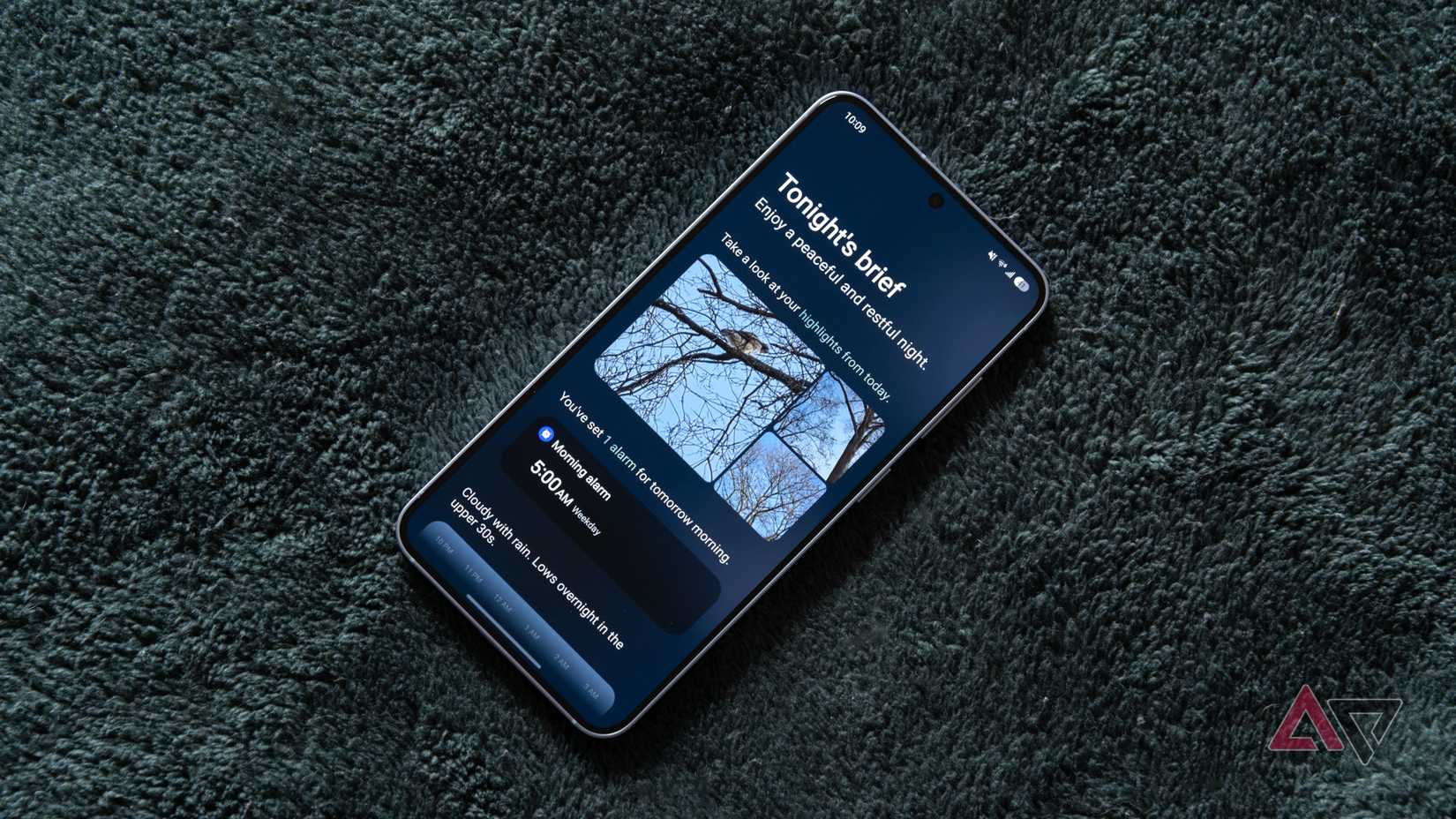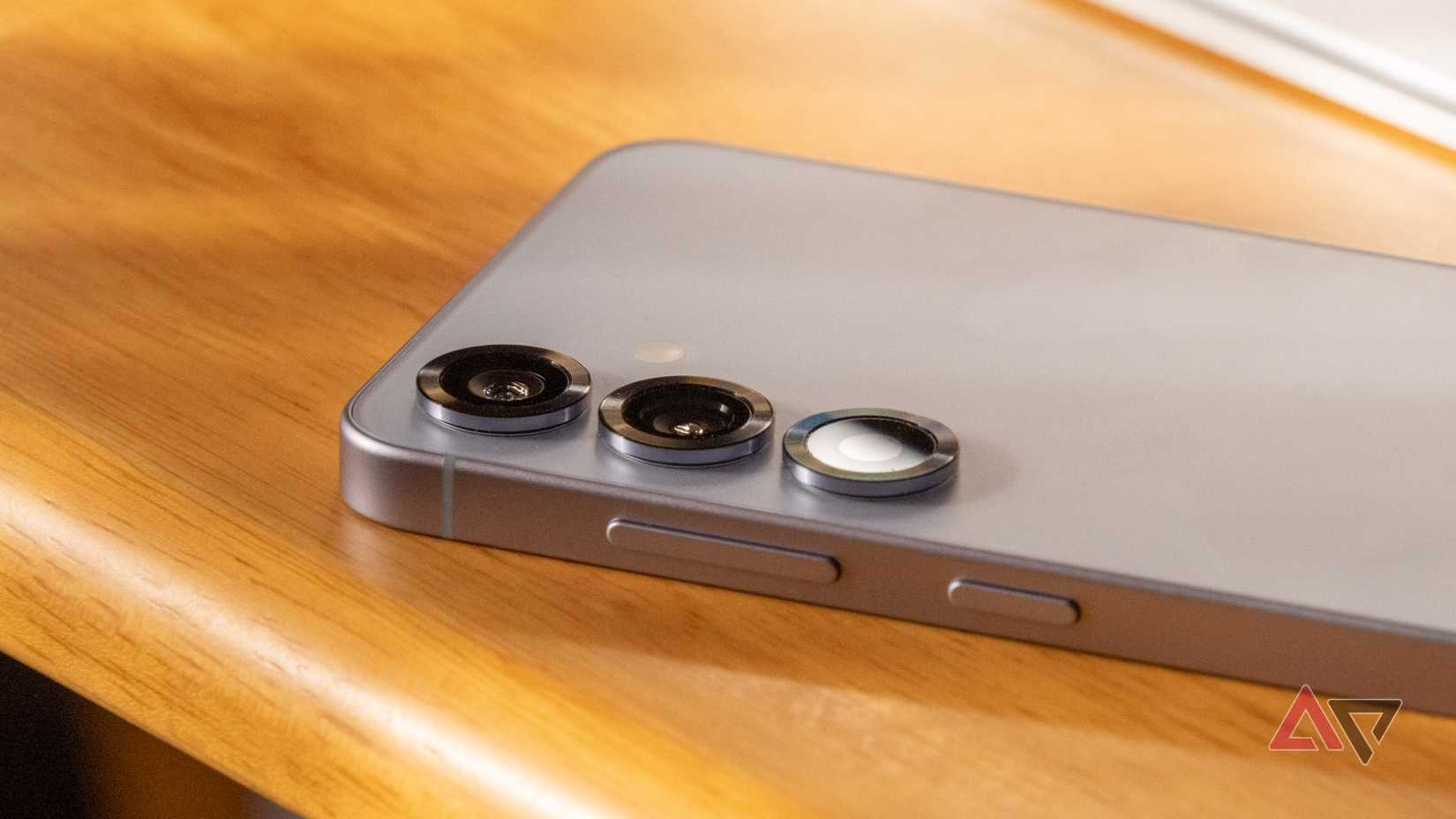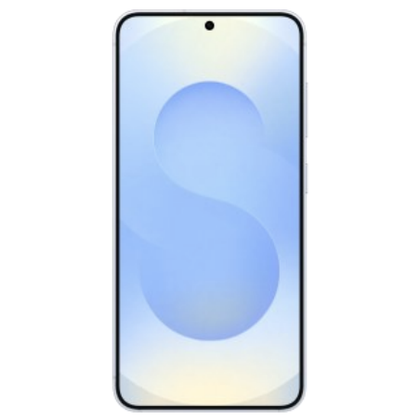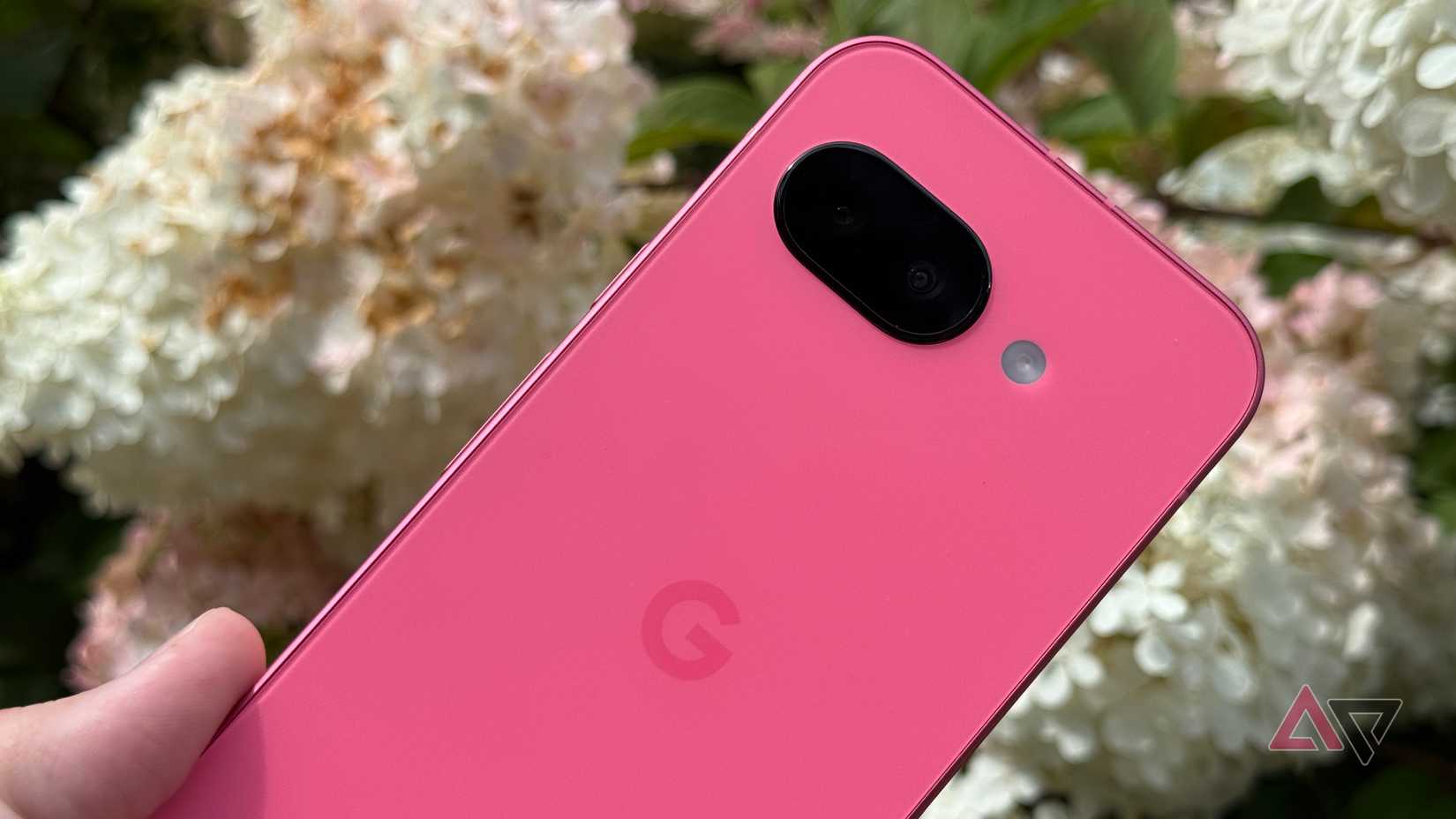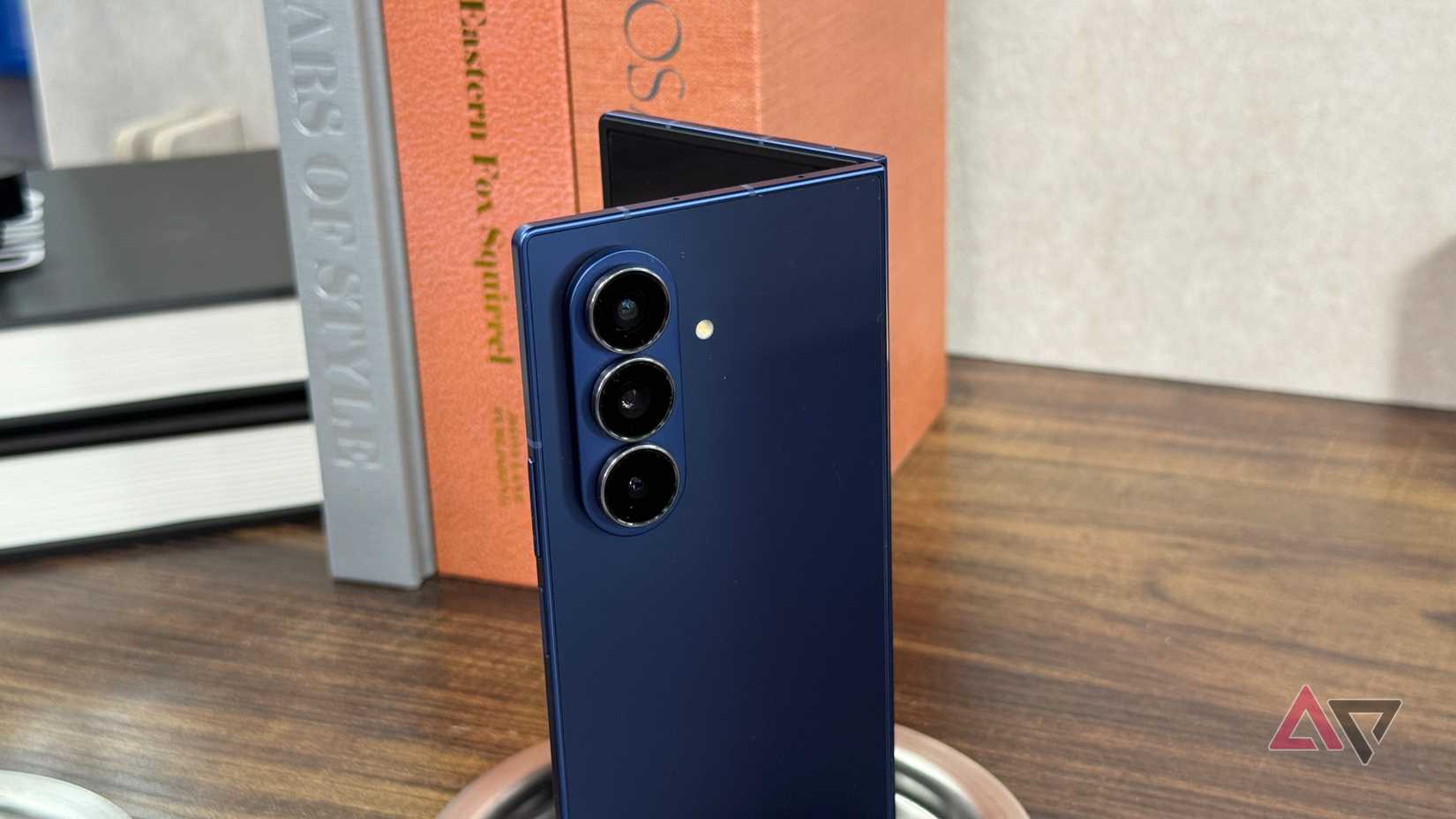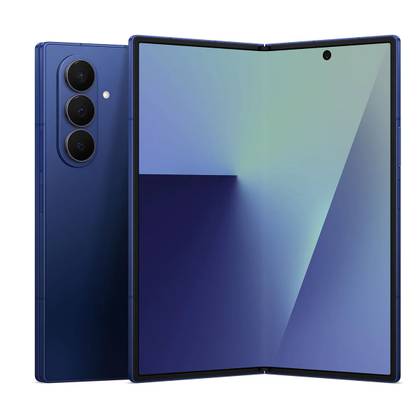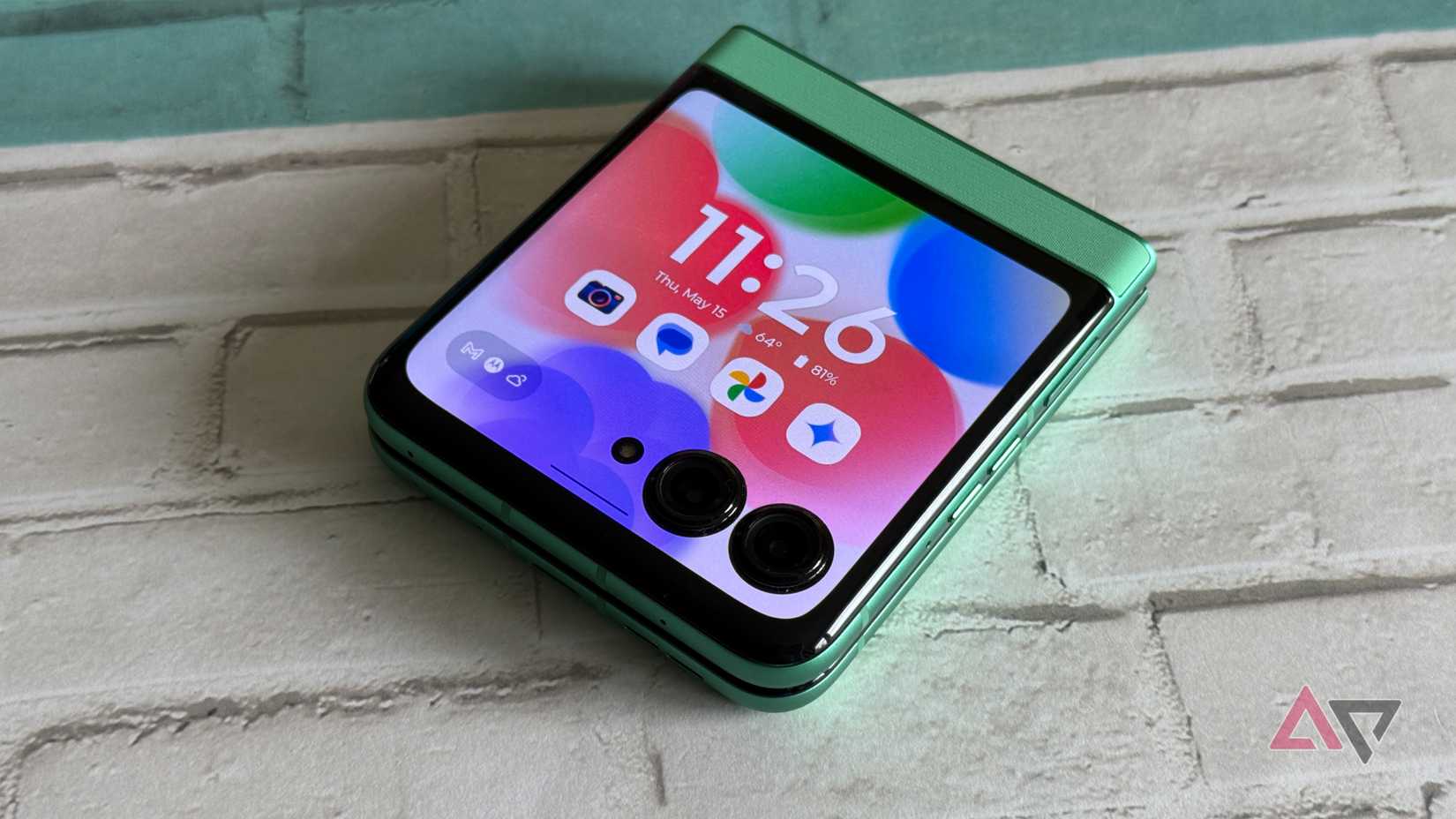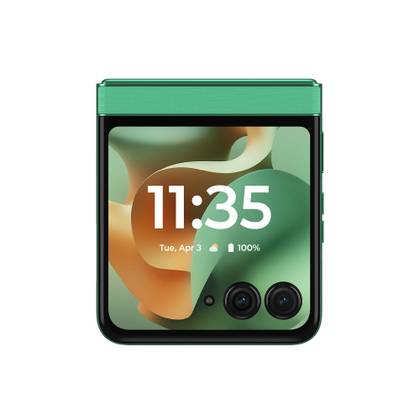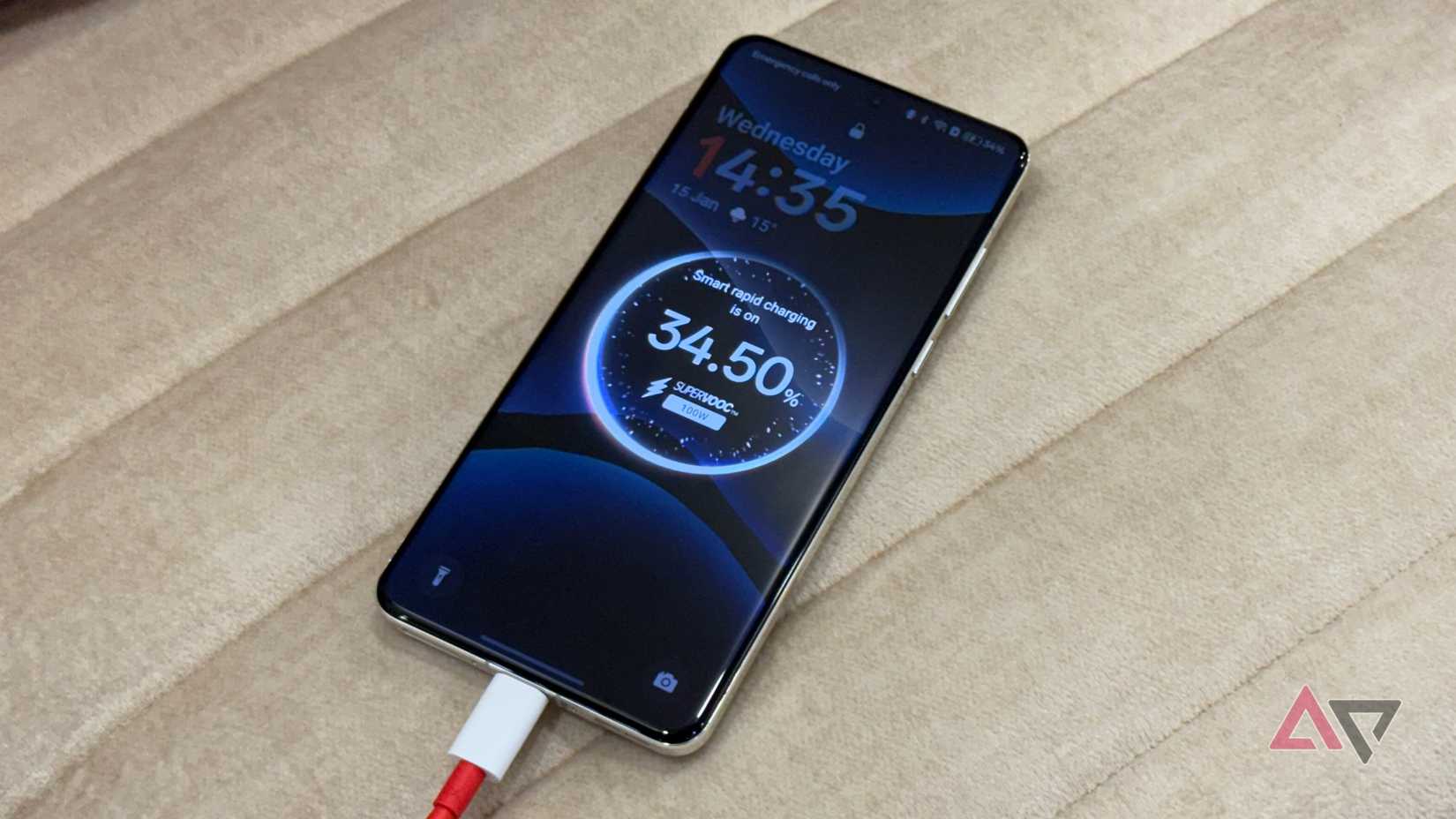To say the Apple iPhone 17 has stolen headlines would be understating it a little. The launch of a new iPhone is always a massive event, and it dominates the industry for weeks on either side.
This can be argued as business as usual for Apple, but in total fairness, the iPhone 17 deserves all the press it’s getting.
Apple has finally shored up one of the iPhone’s traditional weaknesses with the addition of a 120Hz refresh rate on the basic model, and it comes with an improved dual-lens camera, an Always-on display, and the lightning-fast A19 processor.
But the iPhone 17 is far from the only great choice for your next smartphone, which is excellent news for us as an Android-focused website.
If you don’t fancy playing in Apple’s walled garden, there are a number of fantastic devices you could pick up that can compete with, and even exceed, the new iPhone in a few areas.
Here are the six phones you should buy instead of the iPhone 17 — including a wildcard that’s worth waiting for.
Pixel 10
The best alternative for a direct Apple comparison
From one Apple-like to another. Google might not have Samsung’s dominance in sales, but it dominates Android in a different way.
In the same way that the iPhone benefits from Apple’s guidance of iOS, the Pixel line gets a lot from the fact that Google shepherds the Android operating system.
So if you love the way Apple gets updates and new features to its iPhones hot off the presses, then it’s worth looking at the Google Pixel 10 as a solid Android alternative.
We’ll start with the areas where the Pixel loses out.
The Google-built Tensor G5 processor is not a match for the Apple A19. The Tensor G5 is sold as a flagship chip, but it’s geared towards AI and ensuring a smooth experience during day-to-day tasks.
Throw some more demanding games at it, and it’ll struggle more than the iPhone will. If you’re a keen gamer who wants beautiful graphics and sleek performance, the Pixel 10 may be a letdown.
But a Pixel is rarely a letdown in the camera department. The Pixel 10 has a lens advantage over the iPhone, and this telephoto lens has a 5x optical zoom, putting it significantly beyond the iPhone’s cropping magic that simulates a 2x zoom.
Here, we have a situation where both phones are similarly strong, and it’s hard to pick a winner between them.
Looking at AI, though, the Pixel has a good advantage here. Google’s approach to AI has shifted into being less about standalone features and into a background process that offers help at (hopefully) opportune moments.
Magic Cue is the new Pixel’s headline feature, and rather than being a feature you go to (and eventually forget about), it works behind the scenes, offering help when it can.
On the phone to a hotel? Magic Cue checks your emails and messages while you talk, and offers any reservation information it finds.
It’s a great way of using AI’s strengths, and easily one of the best implementations on a device. Apple Intelligence simply can’t compare yet.
At $799, the Pixel 10 is the same price as the iPhone 17. Yes, the processor is underpowered, and the starting storage of 128GB is anemic, but even with that in mind, the Pixel 10 is a strong contender for the iPhone 17.
Google has crammed some excellent use of AI and a great camera into a great-looking package, and with its speedy and plentiful updates, the Pixel 10 is the phone to buy if you really like what Apple does with its ecosystem, but prefer an Android phone.
Google Pixel 10
- SoC
-
Google Tensor G5
- Display type
-
Actua display
- Display dimensions
-
6.3 inches
- Display resolution
-
20:9
Samsung Galaxy S25
The best alternative if you love a Samsung phone
In many ways, Samsung is the Apple of Android, and that reflects in its market dominance. As such, it makes sense that we’d select the basic Samsung Galaxy S25 as an alternative to the basic iPhone 17.
There are a lot of similarities between the two devices. Both have similarly sized displays, with 120Hz refresh rates and crisp resolutions. Both also have OLED panels with always-on displays, new to this year’s iPhone, but not to the Galaxy S25.
You’ll also get top-tier flagship processors regardless of the phone you pick, and while one is likely to be the more powerful of the two, it’s not going to make a real difference outside of benchmark tests.
Rest assured, either one will blast through games with ease and swap between multiple apps without hitches.
It’s worth touching on the impact of AI on these devices, through Apple Intelligence and Galaxy AI. You’ll find similar image editing tools powered by AI here, as well as tools that’ll rewrite statements for you.
Honestly, neither of them have utilized AI in a way that’ll blow you away — but that’s fairly usual at the moment.
Everyone loves a solid snapper, so it makes sense that camera quality is a big selling point of these phones.
Straight away, you’ll notice a big difference between these two phones: The Galaxy S25 has an extra camera lens. That extra lens is a dedicated telephoto lens, giving the Galaxy S25 some extra utility that the iPhone 17 just doesn’t have.
And that’s true, though it’s not the whole story. Instead of expanding to a third lens, Apple has chosen to make sure the two lenses the iPhone 17 has are tuned extremely well, so the main 48MP lens can effectively be used as a 12MP 2x optical zoom through cropping.
It’s not as close as the S25’s 3x optical zoom, but it is pretty close.
The iPhone’s ultrawide lens also has significantly more pixels than the S25’s ultrawide lens, and while that doesn’t always guarantee more quality, Apple’s polish is always evident.
This doesn’t mean the iPhone 17 is always going to be a better camera than the S25 but it’s worth keeping in mind that having an extra camera lens doesn’t automatically make the S25 better. Both have strong cameras, though, and they’re unlikely to disappoint either way.
The operating system is the biggest difference, though.
Samsung’s OneUI is a version of Android, but with a lot of extra customization options and a few additional features, like the desktop computer-emulating Dex Mode.
Samsung definitely has more options than Apple in this regard, though it’s questionable whether you’d use them all that much or not.
These two phones share a lot, and they’re pretty similar in price too. At $860, the Galaxy S25 is a little more expensive than the iPhone 17, but you get a lot for your money.
If you love a Samsung phone, the Samsung Galaxy S25 is the iPhone 17 alternative you should be looking at.
Your comment has not been saved
- SoC
-
Qualcomm Snapdragon 8 Elite for Galaxy
- Display type
-
LTPO AMOLED, 120Hz
- Display dimensions
-
6.2″
- Display resolution
-
2340 x 1080
Pixel 9a
The best alternative if you want to save money
While flagship phones have gone above and beyond by a large margin, it’s fair to argue that $799 is a lot for a smartphone.
If you want to save a bit of money, there are plenty of Android phones that work just as well as Apple’s latest flagship iPhone. Of those, Google’s Pixel 9a is one of the strongest options.
As a more affordable option, be aware that the Pixel 9a will be weaker than some of the other options on this list. Indeed, it will be weaker in many ways than the iPhone 17 — but don’t let that lead you to believe it’s a bad phone.
We’ll cover the drawbacks quickly, as you’re likely curious.
The design abandons those elements we’ve loved in other recent Pixels, including the camera bar. As a result, it’s a bit boring and uninspiring to look at.
The plastic build is similarly unfortunate, as is the choice to keep a relatively slow 23W charging rate. The Pixel 9a looks and feels like a more affordable phone, and that’s unfortunate.
It’s easy to fix some of these issues with a case, but we’d rather we didn’t have to.
Thankfully, the rest of the phone is good.
Google’s Tensor G4 processor, under-powered as a flagship chip, feels more at home in a mid-range configuration, and the 120Hz P-OLED panel is gorgeous too.
The battery is very well tuned, lasting a day easily, and the dual camera system is stronger than the phone’s price suggests.
It doesn’t include Magic Cue, as that’s a Pixel 10 exclusive for now, but you do get Circle to Search, Magic Editor, and AI-generated wallpapers, so there’s plenty to enjoy if you like AI in your phone.
At $499, the Pixel 9a is $300 less than the iPhone 17, which is a large chunk of change.
Yes, you get less power than the iPhone, and less storage, and a much more boring design, but this is still a very capable phone, and a strong choice if you want a great iPhone 17 alternative at a lower price.
Your comment has not been saved
Google Pixel 9a
$499
Save $100
- SoC
-
Google Tensor G4
- Display type
-
pOLED, 120Hz
- Display dimensions
-
6.3 inches
- Display resolution
-
1080 x 2424
Samsung Galaxy Z Fold 7
The best alternative to show what the iPhone can’t do
This one’s just a flex — literally.
Apple has stuck to a rigid slab-style for its smartphones, but the rest of the world has moved on, and folding smartphones are becoming, if not commonplace, then at least less unusual.
Of all the book-fold folding phones, the Samsung Galaxy Z Fold 7 is probably the best, and the one to buy if you want to show off what the iPhone 17 can’t do.
In general, the Z Fold 7 has a lot of what we loved about the Galaxy S25. That includes strong specs and hardware, gorgeous AMOLED tech, and a strong suite of cameras. But let’s be real, you don’t want to hear about that — you want to know about the screens.
The Galaxy Z Fold 7 has two screens: An outer “cover” screen measuring 6.5 inches, which functions as a more-or-less “normal” smartphone screen. Then, inside, there’s a massive 8-inch panel that’s more akin to a tablet than a phone.
Unfolding the phone takes whatever you were doing on the cover screen and plonks it onto the inner display, and you can shift into a multi-app mode here if you like, or just enjoy your app on a much larger screen.
If you haven’t used a folding phone before, the experience is more natural than you’d expect, and it never feels jarring to go from one screen to another. You’ll eventually forget it’s odd at all, and be slightly puzzled when people around you show interest in the folding screen.
A big part of this year’s redesign was making the Z Fold 7 a bit wider than before, which makes the cover screen feel a lot less cramped than previous versions.
It’s also a lot thinner than previous versions, with the folding Z Fold 7 only being a tad thicker than the iPhone 17 itself. You owe it to yourself to try it out, even if you don’t end up buying one.
This phone is one you would really benefit from reading a full review for because a foldable phone is a big change, if you haven’t already used one — but also because it’s a big investment.
The Z Fold 7 starts at an eye-watering $2,000, well over twice what you’d pay for an iPhone 17. But honestly, this is the future, and if you’re willing to pay the dollars for it, the Z Fold 7 is a true triumph of modern phone engineering.
Samsung Galaxy Z Fold 7
- SoC
-
Snapdragon 8 Elite
- Display type
-
Dynamic AMOLED
- Display dimensions
-
6.5-inch external, 8-inch internal
- RAM
-
12GB or 16GB
Motorola Razr 2025
The best alternative if you want the future (but cheaper)
There are cheaper ways to experience the future, and the Motorola Razr is one of those.
If you want something a bit special, and a form factor that the iPhone can’t match, but also don’t want to drop enormous amounts of money on a single device, then the Motorola Razr 2025 is worth paying attention to.
The Motorola Razr 2025 is our favorite version of the “other” type of foldable phone, with the “clamshell” fold.
If you’re familiar with the original breed of folding phones from the early to mid-noughties, then you’ll recognize what we have here.
It’s essentially a fully sized phone that can fold down into a much smaller package, complete with an outer cover screen. It’s the foldable type to look for if you prize having a phone that can fit into small pockets and spaces.
The inner screen works exactly as you’d expect, but it’s the outer screen that’s a real surprise. Only 3.6 inches in size, it nevertheless works like a normal display. Load up apps as you normally would, and they’ll work here.
Sure, you’re not likely to spend a lot of time in this view, as it is quite small, but it’s perfect for dealing with quick responses and notifications, and perfectly adequate.
It’s exactly how a cover screen should work, and we love it.
Snapping a phone closed is addictive, but it’s not the only reason to buy this phone.
The performance is solid, even if the hardware isn’t necessarily up to current flagship standards. The same can be said for the cameras, which are reliable.
The software isn’t great, though, having been loaded with bloatware, and it only gets three years of software updates. That’s very disappointing when the standard is now trending to seven years.
But those are relatively small complaints in the grand scheme. The Motorola Razr 2025 is an underrated gem of a phone, and is probably the one you should be looking at for a taste of the future for just $700.
Moto Razr (2025)
- SoC
-
MediaTek Dimensity 7400X
- Display type
-
AMOLED, pOLED
- Display dimensions
-
6.9″ main, 3.6″ external
- Display resolution
-
FHD+
And one to wait for
OnePlus 15
A OnePlus phone has always been an easy recommendation in an article like this. Why? OnePlus’s ethos is delivering top-notch performance for a lower price than you might expect, and that’s always meant it’s worth paying attention to.
The OnePlus 15 has not yet been announced, but if you’re looking for a solid alternative to the iPhone 17, then it’s definitely a phone worth waiting for.
We have little other than leaks and rumors to go on for the moment, but the leaks seem to indicate that change is on the way for the newest OnePlus flagship.
The long-running partnership with camera company Hasselblad is coming to an end, and that will mean big changes for the OnePlus 15’s camera. But we might also see an even faster refresh rate, and a radical new design.
All of this is just rumor until the phone is finally announced. But what remains certain is that the OnePlus 15 will be a powerful smartphone, with exceptionally fast performance, a solid camera, and a strong battery life.
It’s worth waiting until we know more at the launch in mid-October.


